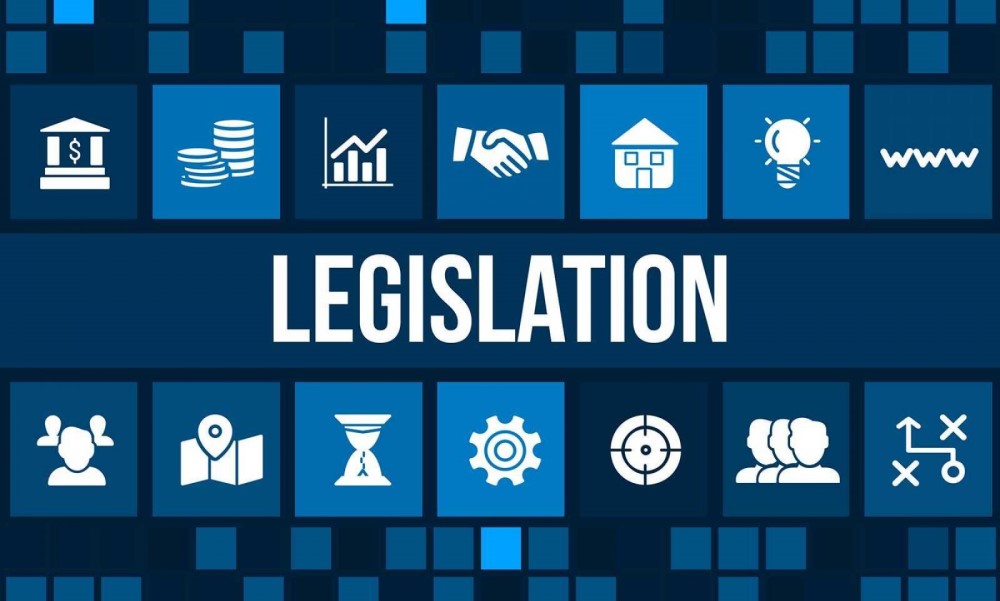Overview
The comprehensive use of research in legislation increases the likelihood that policies reach their intended outcomes and benefit those they are designed to serve. Researchers with Penn State’s Evidence-to-Impact Collaborative seek to better understand how research evidence can be written into law.
Goals
With this project, the research team cataloged how research was used in bills and legislation in the domains of substance use prevention, juvenile justice and human trafficking. Their goals were to:
- analyze how bills get written to understand the gaps in legislative frameworks regarding the use of research in legislation; and
- develop and implement a methodology for using keyword searches to measure the use of research in legislation.
The team analyzed more than 20 years of U.S. federal-level legislation and found instances of research being used to define problems, reinforce effective practices, generate knowledge through research and evaluation, and disseminate findings.
Study purposes were both 1) practical regarding how these bills get written and to understand the gaps in legislative frameworks, and 2) methodological for future evaluations. This was a starting point from being able to catalog how research is used so we can quantify how the language is used and how bills with research language were faring in the legislative process.
Key Findings
- Bills that used more research keywords and phrases, particularly phrases that were more technical or indicated research rigor, were more likely to progress out of committee and become enacted.
- In-depth bill coding illustrated the ways that research has been used in legislation to define problems, reinforce effective practice, generate knowledge through research and evaluation, and disseminate findings.
- Clarifying the vague use of evidence (e.g., “early intervention”) and conceptual root causes reflects a growth opportunity for bridging prevention science and policy.
- The number of juvenile justice bills increased over time, but proportionally the amount of research language did not appear to increase or decrease in recent decades.
- Bills regarding justice-involved youth sometimes required data-driven practices such as using data to inform eligibility or evaluate the effectiveness of programs.
- Legislation can use research processes such as program evaluation that can be used to either determine if a program is (in)effective, or help to improve the quality of programs over time.
Duration: 2018 - 2019
Partners: William T. Grant Foundation, Society for Community Research and Action, Penn State Social Science Research Institute
Project Focus Area(s)
Level(s) of Analysis
Overview
The comprehensive use of research in legislation increases the likelihood that policies reach their intended outcomes and benefit those they are designed to serve. Researchers with Penn State’s Evidence-to-Impact Collaborative seek to better understand how research evidence can be written into law.
Goals
With this project, the research team cataloged how research was used in bills and legislation in the domains of substance use prevention, juvenile justice and human trafficking. Their goals were to:
- analyze how bills get written to understand the gaps in legislative frameworks regarding the use of research in legislation; and
- develop and implement a methodology for using keyword searches to measure the use of research in legislation.
The team analyzed more than 20 years of U.S. federal-level legislation and found instances of research being used to define problems, reinforce effective practices, generate knowledge through research and evaluation, and disseminate findings.
Study purposes were both 1) practical regarding how these bills get written and to understand the gaps in legislative frameworks, and 2) methodological for future evaluations. This was a starting point from being able to catalog how research is used so we can quantify how the language is used and how bills with research language were faring in the legislative process.
Key Findings
- Bills that used more research keywords and phrases, particularly phrases that were more technical or indicated research rigor, were more likely to progress out of committee and become enacted.
- In-depth bill coding illustrated the ways that research has been used in legislation to define problems, reinforce effective practice, generate knowledge through research and evaluation, and disseminate findings.
- Clarifying the vague use of evidence (e.g., “early intervention”) and conceptual root causes reflects a growth opportunity for bridging prevention science and policy.
- The number of juvenile justice bills increased over time, but proportionally the amount of research language did not appear to increase or decrease in recent decades.
- Bills regarding justice-involved youth sometimes required data-driven practices such as using data to inform eligibility or evaluate the effectiveness of programs.
- Legislation can use research processes such as program evaluation that can be used to either determine if a program is (in)effective, or help to improve the quality of programs over time.
Project Focus Area(s)
Level(s) of Analysis
Partners
William T. Grant Foundation, Society for Community Research and Action, Penn State Social Science Research Institute
Duration
2018 - 2019
Related Publications
Long, E. C., Scott, J. T., Craig, L. E., Prendergast, S., Pugel, J., & Crowley, D. M. (2022). Addiction, 117(8), 2235-2241.
Scott, J. T., Ingram, A. M., Nemer, S. L., & Crowley, D. M. (2019). American Journal of Community Psychology, 64(3-4), 348–358.
Related Publications
Long, E. C., Scott, J. T., Craig, L. E., Prendergast, S., Pugel, J., & Crowley, D. M. (2022). Addiction, 117(8), 2235-2241.
Scott, J. T., Ingram, A. M., Nemer, S. L., & Crowley, D. M. (2019). American Journal of Community Psychology, 64(3-4), 348–358.









